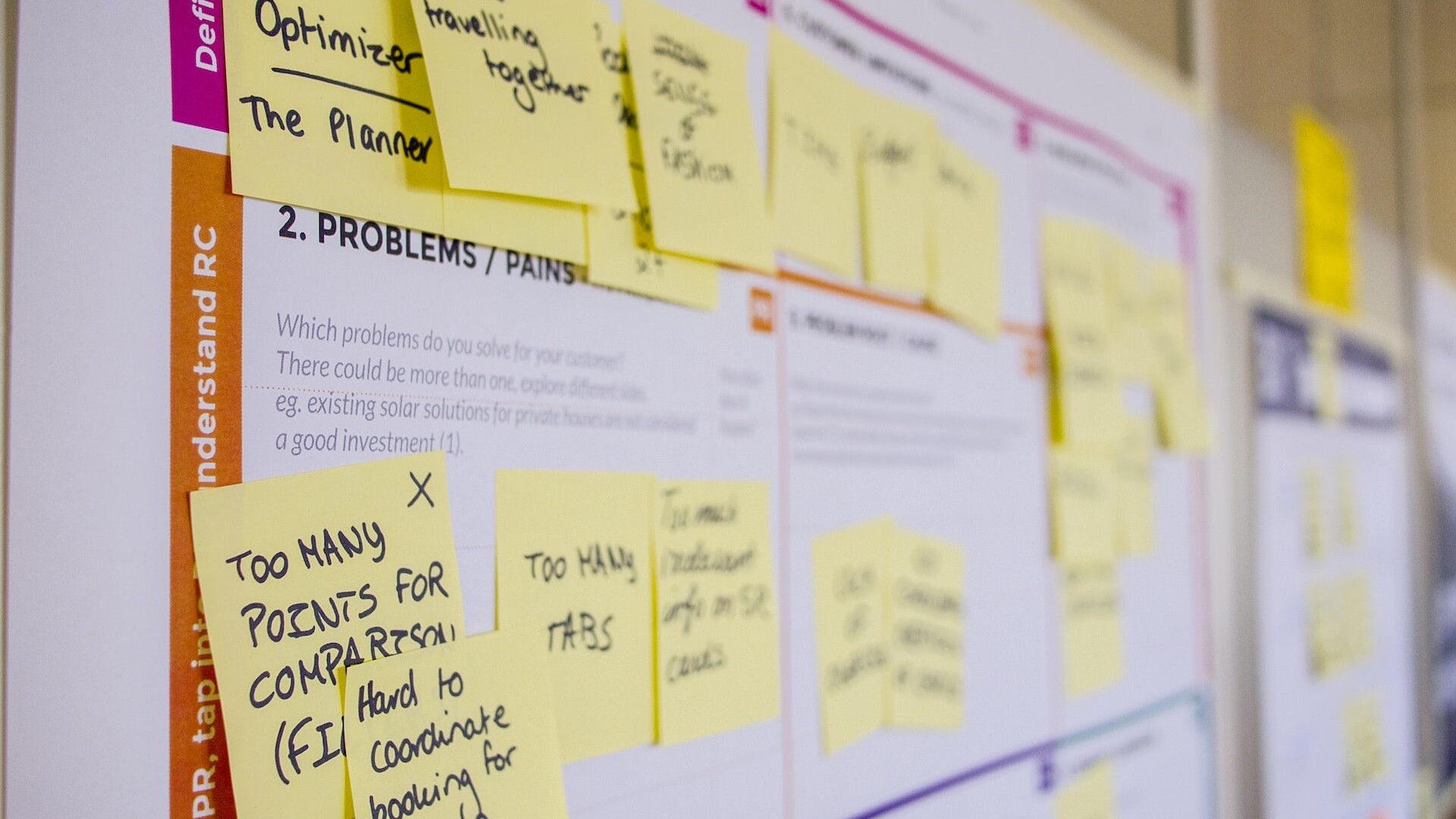Here Are Your Options for Magento eCommerce Responsive Layouts
It wasn’t too long ago when companies were investing a respectable budget into building mobile sites. After responsive design became the standard, many companies started jumping ship on their mobile sites and decided to commit to this format. However, many eCommerce companies have been slow to embrace the format due to the amount of time and money required to redesign the entire site. But adapting doesn’t have to be difficult, especially if you are running under the Magento platform.
Many third-party companies have created themes to help Magento websites take full advantage of responsive web design. You can find a wide variety of features and customizable options from flexible slideshows, wide color palettes, customizable grids, and various layouts to help you achieve your desired look. These themes are very affordable but it is still challenging for the average website owner to build a well-designed eCommerce website that caters to all mobile viewing formats.

One option is to look for designers that are familiar with a particular theme that you’ve chosen to use. A designer will be able to help you achieve the ideal look, build clean eCommerce product pages, and create a professional looking store. A good designer will also be able to add a wide variety of features to the eCommerce site that can help you increase your sales whether it’s a sliding discount box or a one page checkout system. Buying a popular theme and hiring a designer to customize it is definitely a good option for companies or individuals with small budgets.
But that doesn’t mean that this is the best option. There are many limitations of commoditized themes. Some are not optimally set up for search engine optimization (SEO). Others may have very few of the features you want and you’ll have to spend a lot of money to get them set up in the theme. You also have to deal with the fact that you’re limited to a certain look the theme creates because to the sparse number formats and design options that are common with themes. This is obviously not the best way to design a site if you’re planning to create a unique brand identity.
If you have specific needs and you want to take your eCommerce business seriously, the best option is to hire expert designers and developers to build you a custom responsive theme. You can work together with experts to ensure that the eCommerce site functions the way you want it to, has all your essential features, is fit for a SEO campaign, and is responsive-optimized. Working with a firm is ideal as they’ll typically have team members that specialize in one area (example: they’ll have one expert in development, one expert in conversion, and one in brand design/identity) to deliver you the best results across the board.
Ultimately, which option you go with will depend on where you are at with the business. Startups can stick with a publicly sold theme to carry them through until they generate the budget to hire a firm to create a custom theme. Bigger companies may see publicly available themes as attractive option due to how easy they are to set up and how cheap they can be. However, the return on investment for going with a custom theme created is often higher in the long term. Whichever option you go with, the big takeaway here is to make sure that you get serious about responsive layouts as more people are getting comfortable shopping on their mobile devices.
Next Item
Switching Up Your UX/UI



